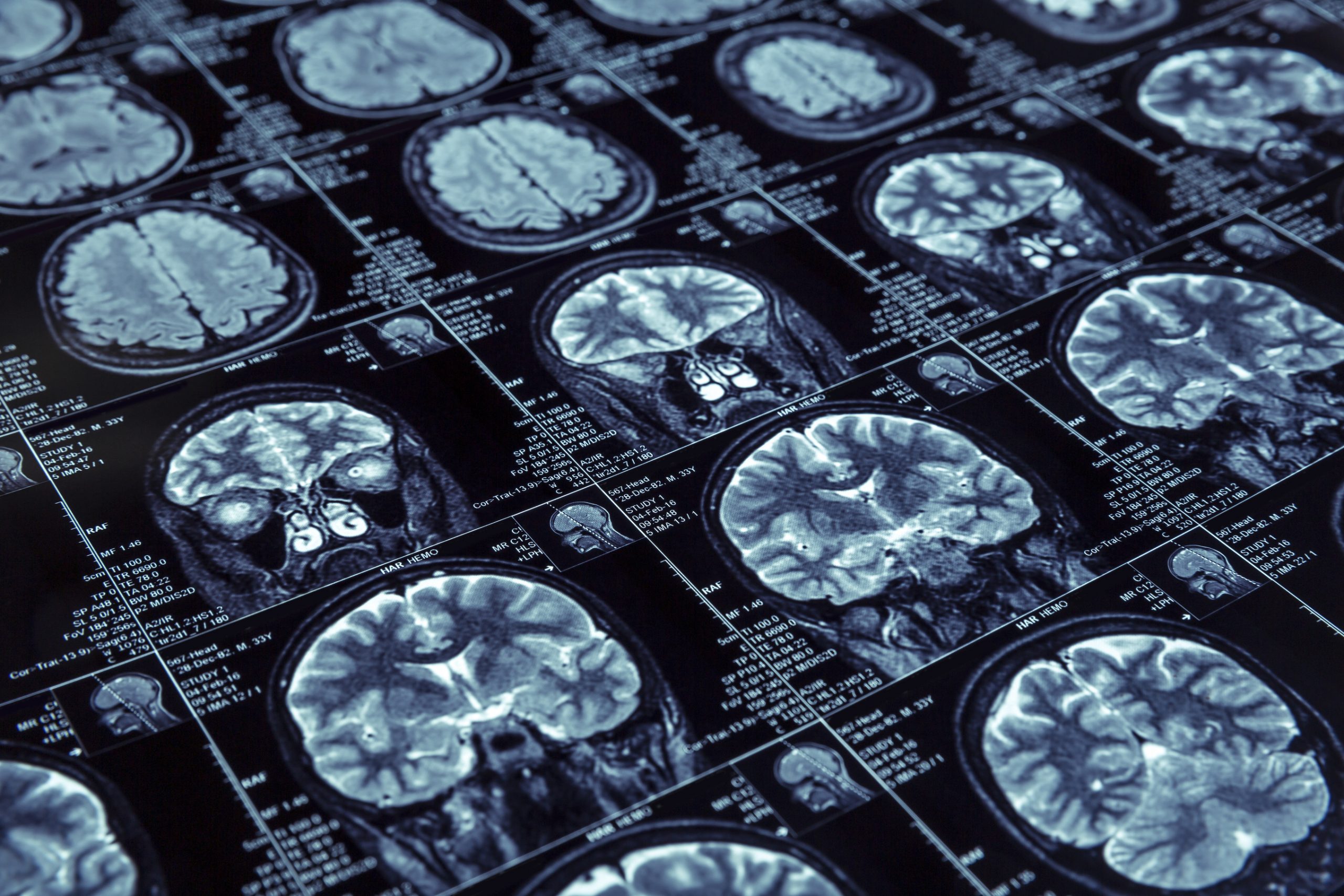Can ReNeuron’s stem cell therapy help stroke patients?

A UK-based study of stem cells injected into the brains of stroke patients has produced some signs that it could restore use of previously disabled arms.
ReNeuron has been working on stem cell therapies for nearly 20 years, and the single-arm, phase 2 open label PISCES II study is the most promising sign yet that its lead CTX cell therapy, which uses neural stem cells, can help patients.
However the treatment fell just short of meeting its endpoint - for two patients to reach a minimum two-point improvement in the grasping and lifting test, sub-test number 2, of the Action Research Arm Test (ARAT) three months after stem cell therapy.
ReNeuron has reported that three out of the 21 patients on the trial achieved this at three, six or twelve months respectively after treatment. A fourth patient also responded, and showed clinically relevant improvements on the total ARAT score of arm motor performance.
While these results are relatively modest, ReNeuron is to press ahead with commence a randomised, placebo-controlled, pivotal clinical trial with the hope of generating more robust evidence.
Professor Keith Muir, SINAPSE Professor of Clinical Imaging, Division of Clinical Neurosciences at the University of Glasgow, and Principal Investigator of the PISCES II study, said: “The findings of the PISCES II study are encouraging in that the CTX treatment shows improvements both in specific neurological problems, such as arm function, and also in more general disability and independence.
These improvements occurred in sufficient numbers of patients to warrant further investigation in a larger, controlled clinical study. Further, the CTX treatment was well tolerated in this phase 2 study, which confirms and adds to the results of the earlier phase 1 clinical trial. We look forward to the opportunity to further test the efficacy of this potential new treatment for disabled stroke survivors.”
Olav Hellebø, chief executive of ReNeuron, said: “We are delighted that the PISCES II clinical trial has shown our CTX cell therapy candidate has the potential to become a treatment option for patients living with chronic consequences following stroke.
"We are particularly excited by the response rate seen on the measures relating to disability and activities of daily living, given that these are the most important for patients and their carers. These measures are also the ones viewed by regulatory authorities as most relevant for late-stage clinical development. “
Despite Hellebø’s optimism, the company’s AIM-listed shares sank on the news today, likely reflecting reservations from investors about the drug’s long-term chances of success.
Other academic and commercial research teams are also working on cell therapy for stroke. In June, a team at Stanford University School of Medicine in California published their finding from a small study in the journal Stroke. 18 patients were enrolled in the study, and study leader Gary Steinberg said he was 'stunned' to see seven of the patients experiencing startling improvements in motor function, which were maintained for 12 months or more.
This used a different approach to ReNeuron, employing SB6723 cells taken from the bone marrow of two donors and modified to boost brain function.
ReNeuron has another major trial of CTX therapy for patients with critical limb ischaemia (CLI), which left untreated can require amputation of the limb.
Pre-clinical trials showed the treatment has the potential to restore sufficient blood flow in the affected lower limb to avoid amputation. Patients will be monitored for up to 12 months to assess the safety and tolerability of the treatment, and safety data is expected from this study in 2017.











